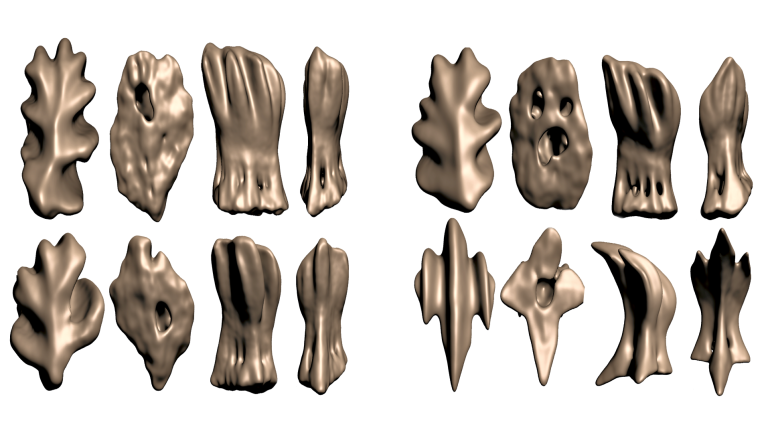The presence of teeth on the eyes of creatures that swim constantly and need to resist erosion in one way or another can have an important advantage, this is what a team of Japanese and American researchers discovered after they proved that the eyes of whale sharks are covered with a kind of fine tooth!
In their study published in the journal "Plos One" on June 29th, the researchers reported that these delicate teeth protect sharks from random floating debris in the ocean, and confirmed that the vision of these sharks is more severe.
Their study provided new information about the visual ability of a whale shark, because it was common for scientists before this study that the whale shark relied on vision less compared to other senses such as smell.
Preview (opens in new tab) Whale Shark
The whale shark (Rhincodon typus) is the largest species of shark. It is found in all warm and temperate tropical open seas. It reaches the age of about 70 years. It is the largest gathering in the world in Mexico and the second largest in Qatar.
The whale shark has a wide mouth that may reach 1.5 meters, has between 300 to 350 rows of small teeth, has 5 large pairs of gills, and one pair of dorsal and thoracic fins, and has two small eyes on either side of the broad front sides, and behind them are the respiratory openings.
This type of shark appeared about 60 million years ago, and despite its enormous size, it mainly feeds on plankton, microscopic plants, animals and small fish.
Sunni scales
The researchers performed a cross-sectional survey of a whale shark's eyeball in formalin, as well as ultrasound of the eyes of two live fish - from sharks in the Okinawa Shorumi Aquarium in Japan.
The researchers found that there are about 2,900 rows of "dental scales" or "dental stones" surrounding the iris, similar in structure to human teeth.
It is the first time that dental scales have been found covering the eyeball of any living creature. By studying its movement, it was found that it does not cause any problem for the shark when its eyes are drawn to their quarries.
It is well known that eyeballs are subject to all kinds of risks, and that is why many animals have a clear second eyelid, such as frogs, lizards and other types of fish, that are used to protect them from such risks.
The importance of vision
The researchers wrote in their new study describing the discovery that "the eyeballs face a potential risk of damage from mechanical, chemical and biological hazards."
The discovery of the dental scales surrounding the relatively small iris (the diameter of the eye less than 1% of the total length of the whale shark) surprised everyone, and this is why researchers have described the mechanisms sharks use to pull the eyeball out into the eye cavity.
Despite the firm belief that sharks do not need to use the sense of sight much, given that their eyes are small compared to the rest of their bodies, the team denied this study by saying, "It seems that these very protective features of the whale shark's eye confirm the importance of vision to perceive the environment."

